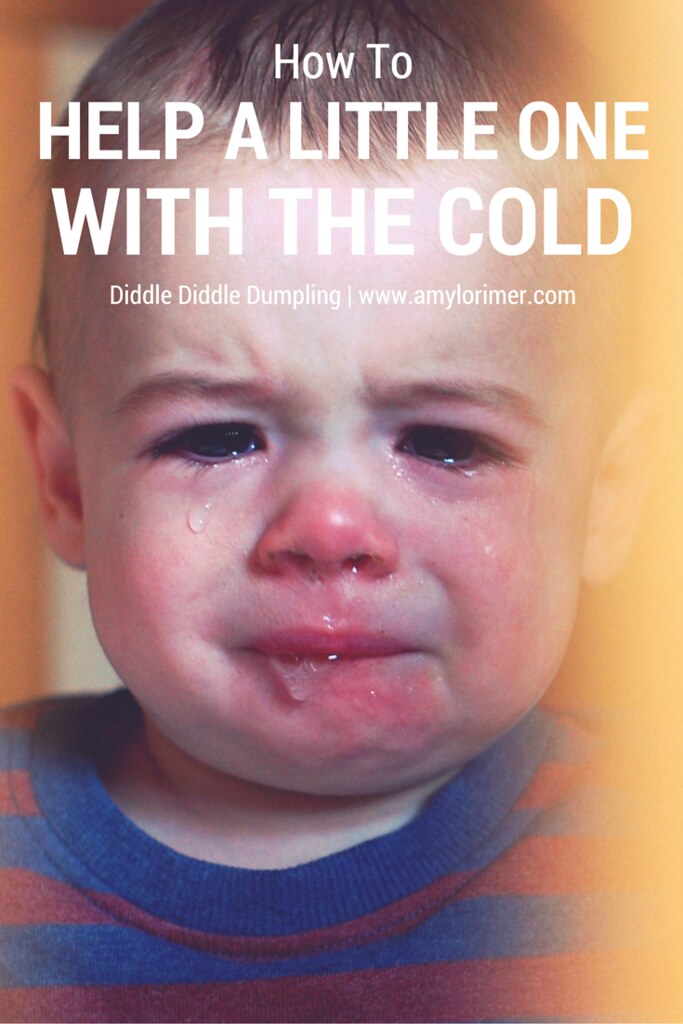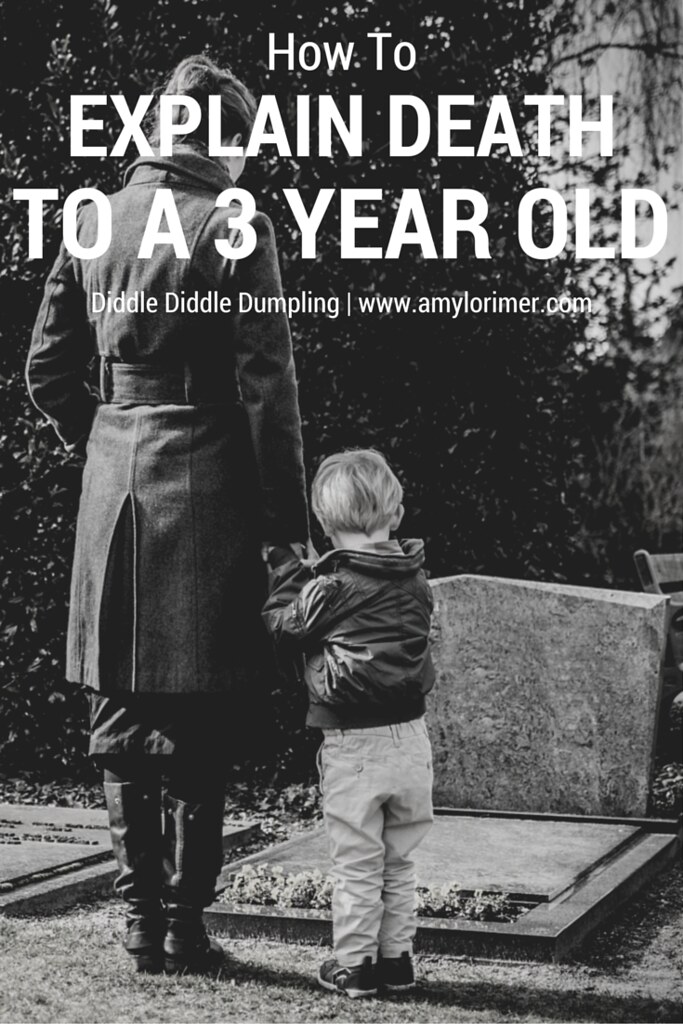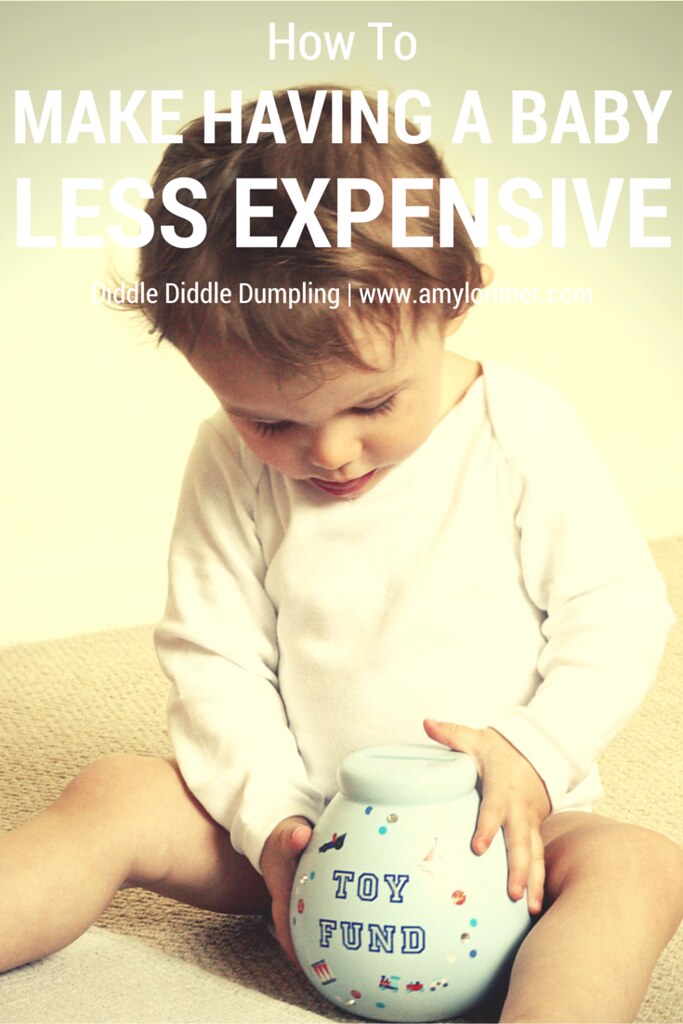This parenting gig is tough. You can read all the books, ask everyone you know for advice and yet, there will still be times when you're completely stumped with no idea how to handle a situation. And of course, it's sod's law that it'll be a situation where you're barely coping yourself too.
My Papa died a couple of weeks ago. It's shit. We knew it was coming but it doesn't make it any easier. He'd been living with Alzheimer's for a while now and had been admitted to a Community Hospital for a month or so, after things had quickly progressed leaving our family struggling to care for him. I was at work a couple of weeks back when my Mum text me to say he'd been transferred to the Infirmary hospital with pneumonia and that it wasn't looking good. On the 4th April 2015, he passed away. Having visited him just the week before, it was hard to take in. But despite him not really knowing who I was or that I'd even been to visit, I was glad I'd seen him; both before he'd passed but also before his condition had worsened.
Whilst only just accepting the news myself, I was then faced with a dilemma... How do you tell a 3 year old who has been asking to see his Papa Moose for weeks now; that you've already invested time in telling him that, "Papa Moose's not very well and in a hospital," but that it's ok because, "although you can't visit him there, you'll be able to see him when he goes to a new hospital,"; that in actual fact, he's not going to get to see him ever again? Aside from a old guinea pig we lost when he was barely 2 years old, this would be the first time John had ever encountered death. And it was up to me to not only break the news but to also help shape his perception of death as a whole.
Like with most things, I took to the internet for advice and couldn't really find any definitive words of wisdom, so I decided to share my own experience & advice on the subject for those who may find they need it too. I won't deny that I was hesitant in posting this, due to the sensitive nature but I hope it'll at least help someone who is stuck & needing a helping hand in a rubbish set of circumstances.
• • •
Prepare them (if possible).
The very nature of death is that it's unpredictable, so this isn't always possible, although if you have the opportunity to prepare your wee one for what's going to happen, then do so. In our case it was as simple as explaining to John that his Papa Moose was at the hospital, first due to his Alzheimer's (
at which point was the Community Hospital for respite) and then when he was taken in due to pneumonia. We didn't take him to visit as I know John wouldn't cope well in this environment but by simply explaining that Papa Moose wasn't well at that he was in the hospital, it meant John could be aware of him not being well.
Choose your moment.
Wait until you're somewhere quiet, able to talk without interruptions (
from younger siblings for example - I talked to John once David was in bed) and are in a reasonable state of mind yourself. Avoid times when your wee one is tired, grumpy or otherwise distracted.
Keep is simple.
When I told John about his Papa Moose, the words were along the lines of,
"Remember how Papa Moose was in the hospital? Well he was very old and the doctors couldn't make him better when he became sick. Papa Moose died this morning so we won't be able to see him again. We can still love him though and talk about him whenever you want." The thing about 3 year old's is that they're pretty understanding & accepting of what you tell them, so by getting straight to the point, you can tell them what they need to know but also leave the topic open for any questions they may have surrounding it. You know your wee one & what they're capable of understanding; try and tailor it to that.
Be honest with your beliefs.
And don't tell them things that you
don't believe. I'm not religious and I'm sceptical about any kind of afterlife. For this reason, it was important for me not to start telling John that his Papa was in Heaven or that he'd "gone to a better place," especially when I'm not sure that I believe it myself. That being said, if these are your beliefs then this is a good opportunity to explain them also.
Avoid using the term, "gone to sleep."
Like I say, 3 year old's are pretty understanding & accepting, for this reason, honesty is best. If you tell them their loved one has gone to sleep, they're likely to accept this at the time but in the long run it can lead to two things: Thinking their loved one will one day wake up and be fine again, or a fear of going to sleep (or of other people going to sleep, such as you) due to a fear of never waking up.
Be ready for questions.
From a simple clarification of what you're telling them, to asking for reassurance that they'll still be able to see other loved ones (in our case, John's Granny Moose). And be ready for them to be asked at any time, even days after the initial conversation. Some may be unexpected also but remember to be honest; if you don't know the answers, tell them that and explain that you'll try and find out - this can give you a bit of time to consider your answers if you're unsure, just be sure not to bury the question under the rug & go back to it when you've figured it out.
• • •
Finally, not so much a tip but important nonetheless; remember to grieve yourself. It's your call whether you do this in front of your wee one or in your own time but it's really important to grieve in the way that best suits yourself. As parents we quickly perfect our brave-face and forget to deal with our emotions the way we need to. But your needs are important too! And if you're reading this whilst looking for answers, sorry for you loss. ❤
Have you had to explain death to your wee ones? Have you any further tips or advice?
 Facebook • Twitter • Bloglovin' • Instagram
Facebook • Twitter • Bloglovin' • Instagram








